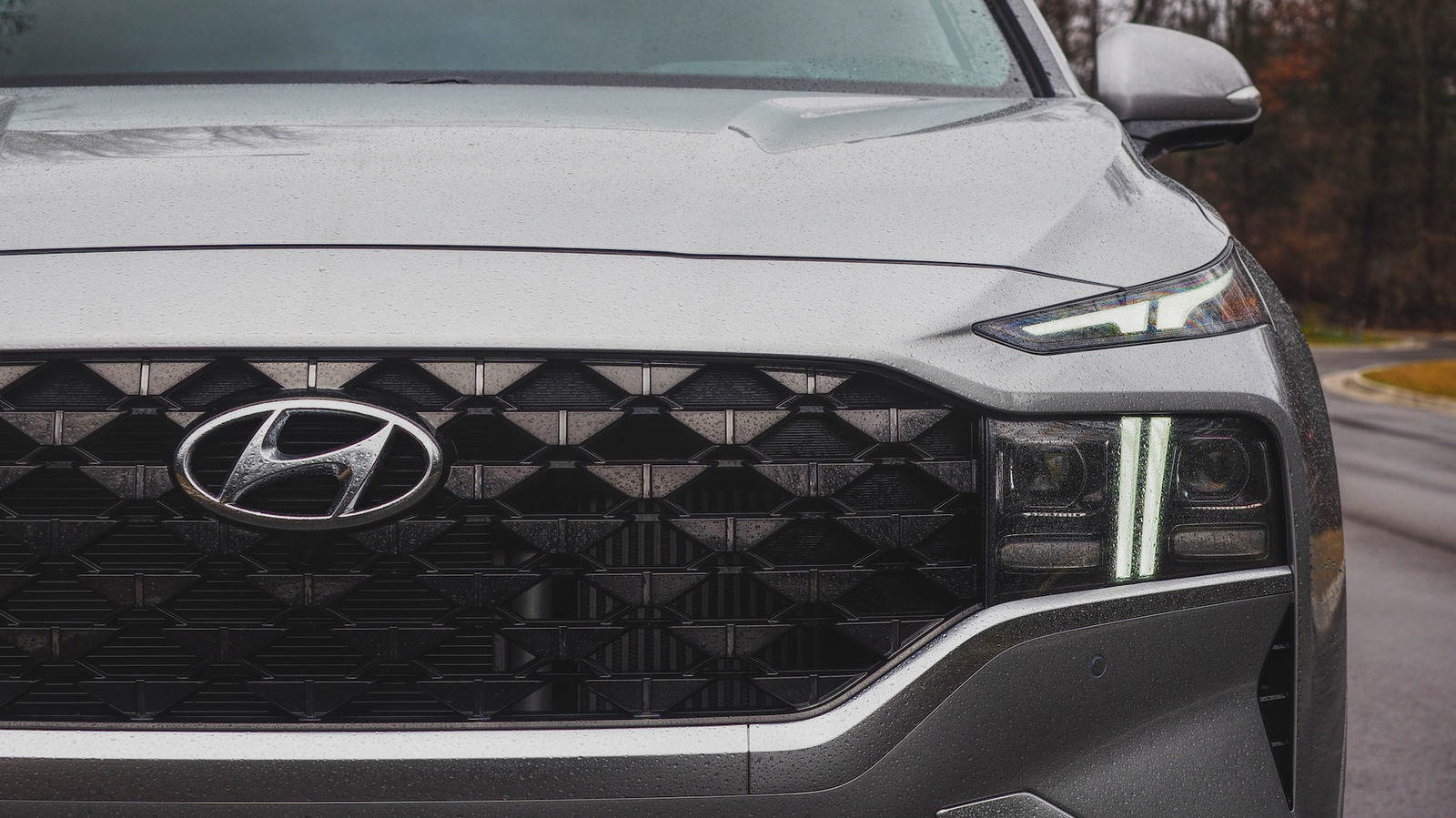
Hyundai is as guilty of this confusion as the rest of the automakers. While HDA is increasingly standard across the company’s range, it also offers models with HDA 2, or Highway Driving Assist 2. Adding to the complexity, there’s no single, cross-industry definition for just what systems like these will, and won’t, include.
Generally, they’re a combination of active assistance technologies previously given separate billing. HDA, for example, combines adaptive cruise control — where the car can maintain pace with the vehicle ahead, at a preset distance — and lane following control, keeping the car centered in the lane. It’s a hands-on system, which means Hyundai tracks torque being applied to the steering wheel in order to ensure you’re still in place and alert. If you’re not, you’ll get warnings and eventually, HDA will deactivate.
HDA 2, meanwhile, builds on those core abilities. As well as staying centered in the lane, it can add a degree of offset to improve spacing between a vehicle in the adjacent lane. Hyundai says it also handles cut-ins more adeptly when other cars pull into the gap in front.
The most notable addition to HDA 2, though, is lane-change assistance. With HDA, if you switch lanes, you have to wait for the system to recognize you’re back within the highway lines and reactivate. With HDA 2, tapping the turn signal will — as long as you keep your hands on the wheel — automatically change lanes in that direction for you.
Stay connected with us on social media platform for instant update click here to join our Twitter, & Facebook
We are now on Telegram. Click here to join our channel (@TechiUpdate) and stay updated with the latest Technology headlines.
For all the latest Entertainment News Click Here
